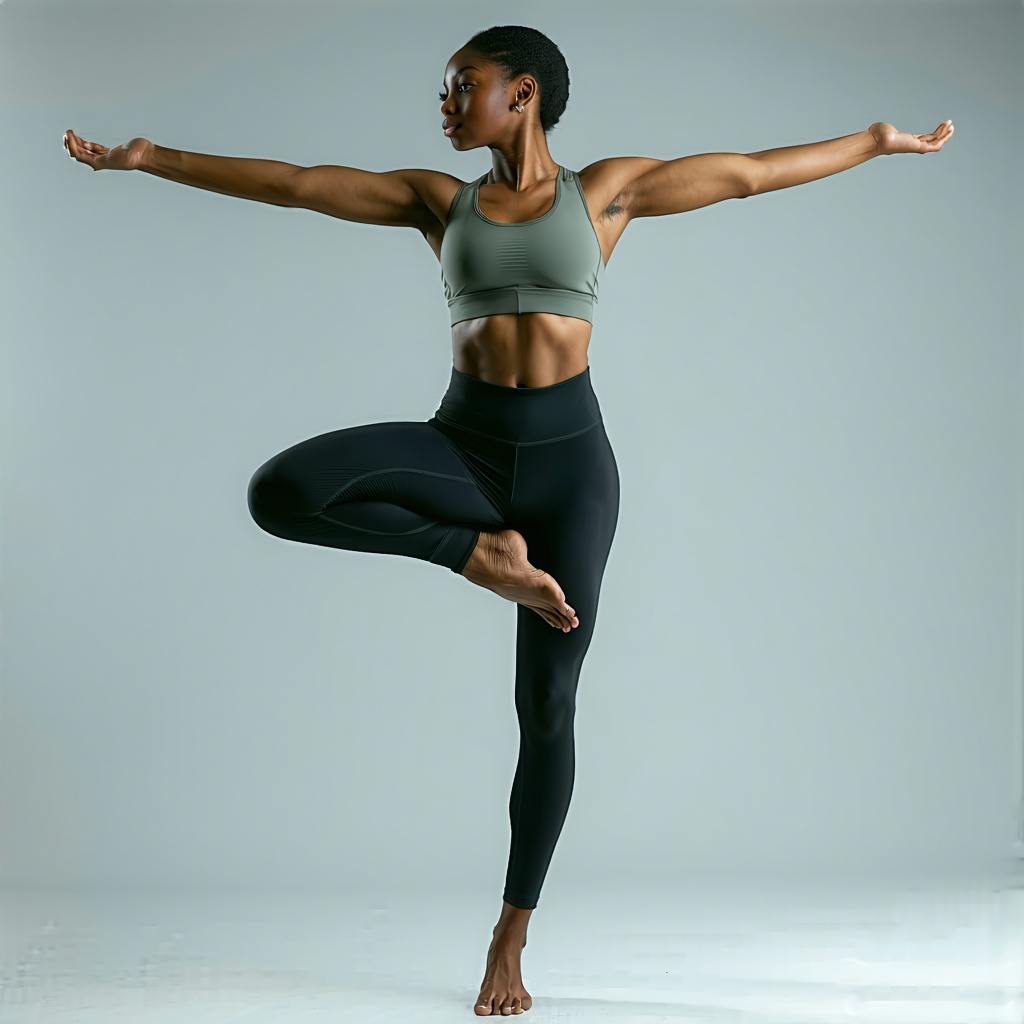When people hear the word balance, they often picture someone in a yoga class gracefully holding a tree pose. And yes—that is one type of balance. But in real life, balance is much more practical and constantly at work behind the scenes.
Why Balance Matters Every Day
Think about how often you rely on balance without even realizing it:
-
Stepping off a curb without twisting your ankle
-
Turning quickly to grab something behind you
-
Catching yourself from slipping on a wet floor
-
Walking through a crowded room without bumping into things
That's the kind of everyday balance that keeps you moving safely and confidently. When it’s working, you barely notice. But as it starts to decline—due to aging, injury, or posture problems—you definitely feel it.
🦶 The Secret Link Between Your Feet and Balance
These nerve signals tell your brain:
-
Where your body is in space
-
How much pressure you're putting on each foot
-
Whether the surface under you is flat, angled, or slippery
But when your foot alignment is off—like with flat feet, poor posture, or unsupportive shoes—those signals get scrambled. The result? You might feel unsteady, trip more, or feel "off" even while standing still.
🔧 Rebuilding Balance From the Ground Up
Here are four key ways to improve balance naturally:
1. 👟 Foot Support: Orthotics and Proper Footwear
Supportive shoes and custom orthotics:
-
Align your feet and ankles
-
Enhance proprioception
-
Create a stable foundation
Look for footwear with a structured midsole, firm heel cup, and proper arch support. Avoid shoes that are too soft or worn out—these can worsen instability.
2. 💪 Strengthen Key Muscle Groups
-
Ankles
-
Calves
-
Glutes
-
Hips
-
Core
Try these simple exercises:
-
Heel raises
-
Mini squats
-
Side leg lifts
Just a few minutes daily can noticeably improve your body’s stability and reaction time.
3. 🔄 Practice Balance-Specific Exercises
-
Standing on one leg (use a chair for support at first)
-
Walking heel-to-toe
-
Using a balance board or foam pad
This helps your body adjust to uneven terrain and improves reflexes that prevent falls.
4. 🏡 Stay Active and Create a Safer Environment
-
Keeps muscles engaged
-
Enhances joint flexibility
-
Boosts coordination
At home:
-
Remove loose rugs
-
Improve lighting
Small changes make a big difference in reducing your fall risk and improving confidence in daily movement.
🧭 Final Thoughts: Real Balance Starts from the Ground Up
Balance is more than just standing still—it’s dynamic, responsive, and crucial to your everyday safety. And the foundation? Your feet.
By focusing on support, strength, practice, and safety, you can reclaim your balance and feel more grounded in your body.

